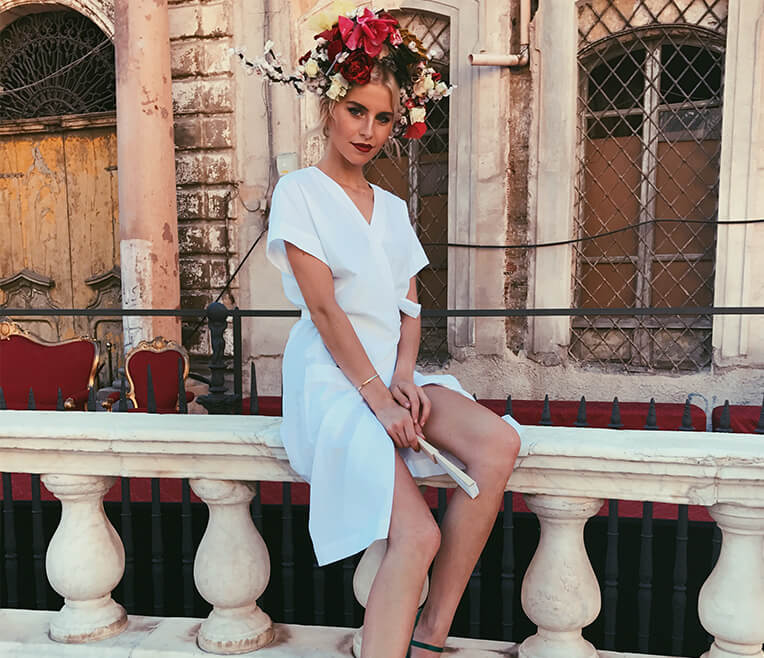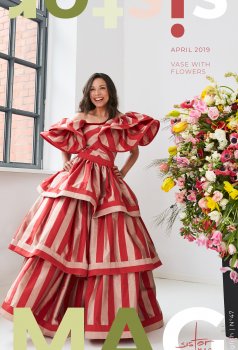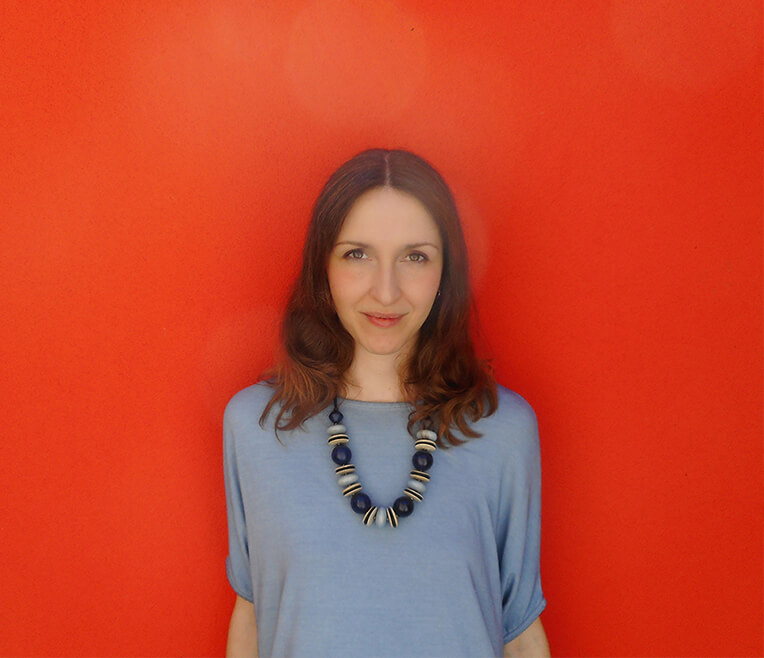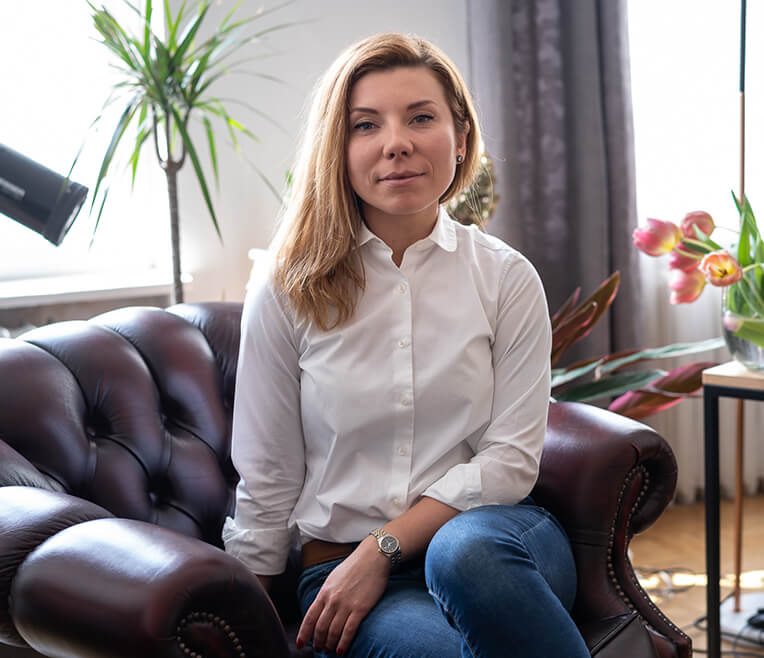
Botanical Illustrations: Olga Chuykova
For the April issue of sisterMAG, we visited Berlin-based illustrator Olga Chuykova in her studio. What exactly does an illustrator do? And how do you make a botanical illustration? Read the full interview with Olga here.
- Interview: Thea Neubauer
- Photography & Video: Cris Santos
How do you make a botanical illustration?
Interview with Olga Chuykova
Garzoni’s works have an undoubtedly huge amount of influence over botanical art and a great source of inspiration. I love her botanical paintings for their details and rich colour palette. I love how she depicted the subjects from different points of view to bring attention to every imperfection and how that allows us to contemplate the beauty of everything from fading flowers, drying leaves, to common birds and bugs.
In my works I strive to uncover the magic, beauty and mystery seen in the natural world all around us. Subtle, hidden and often unnoticed details can be observed when subjects such as leaves and flowers begin to wilt and then are replaced by fresh new growth, starting the cycle over again.
Tell us a little bit about yourself – who are you, what do you do and where do you live? Where do you come from?
I’m Olga Chuykova, and I’m a contemporary botanical artist. I do watercolour illustrations as well as watercolour workshops in Berlin, Russia and around Europe.
I’ve lived and worked in Berlin, Germany since 2015. Graduated from the Volgograd University of Fine arts in Russia with a degree in Graphic Design. I’m a member of both the American Society of Botanical Artists and Botanical Society of New Zealand.
I’ve been an artist since I was seven years old and have never imagined doing something else. At different times I’ve used sculpture, oil painting, acrylic or pastels to create artworks. My main subject was always nature, but I like to try and experiment with other subjects such as still lifes, portraiture and abstract art.
How did you get started with botanical illustrations?
The exact moment is hard to determine. I did not practice watercolour for a long time, but I always had it in the back of my mind. I was too unsure about using it for anything. Around six years ago I bought this beautiful sunflower from the florist and felt so inspired with the form and colour of it and knew watercolour would be the best medium to depict it. That’s how I came back to watercolour after a long break. That sunflower was my first attempt to get into the botanical art world.
What is your biggest challenge in your work?
Definitely time. There is never enough time to finish all the commercial work and start new experiments. I’ll never know if my new interest will be successful, so the solution is to leave the idea until next time and work on a current submission which sometimes can be really frustrating.
Do you strive for accuracy or artistic expression in your illustrations?
I try to achieve a balance of both, but if there is a choice I’d prefer accuracy.
How do you earn money? Is botanical illustration your source of income?
My source of income is illustration. I do botanical illustration for commercial use and for private collections, auctions and exhibitions. I also do all sorts of other illustrations with watercolour, ink, acrylics or pencil drawings.
What would you designate as the biggest difference between modern work and Renaissance artwork and illustrations?
I believe the significant difference is the meaning behind the painting: Nowadays we see a beautiful rose, a white lily, an orchid – all are delicate and charming flowers. However, flowers were part of a rich visual symbolism which played a prominent role in early art. Roses, for example, are symbolic of true love, courtly love and eternal love. Orchids represent jealousy, suspicion and deceit.
There is even a book dedicated to floral symbolism: The Garden of the Renaissance – highly recommended!
Which materials and tools do you work with?
I only use professional supplies, but my curiosity always leads me to something new. My collection of watercolours has all sorts of brands from classic Winsor and Newton to the relatively new brand Daniel Smith. Although I do have favourite brands like Winsor and Newton for their amazing brushes and Fabriano for excellent paper.
Why do you live in Berlin? Do you see it as a creative stimulation or are there pragmatic reasons?
It started as a pragmatic choice, but now I’m in love with the city and I have my life here. However, I love to travel and maybe one day I’ll find another home.
Do you work with real flowers to draw? Where do you get them?
I do work both using real flowers and pictures. Sometimes all I have is my memories and a few sketches. I love to buy flowers from weekend markets or tiny shops with an interesting selection of plants. In summer and spring I prefer going to a botanical garden and taking pictures, lots of pictures! I also do sketches and drawings of interesting plants – in addition to photos it’s a great foundation for new work.
You teach many workshops – what do you do with your students? What do they learn?
I love teaching workshops – to share my knowledge and to meet enthusiasts, just like me, is always so exciting. My workshops are for two types of students: those who have no or very little experience and those who feel confident with watercolour. With the first group we always start with the basics: how to choose supplies, different paper and how to organise the work space.
We do a lot of fun exercises to see how watercolour can be different. We study the composition and colour, finishing the course with one well-done botanical illustration.
With the experienced group we study complex colours, forms and textures of plants. We work with specimens and face all the difficulties related to it, like fading, changing colour or shape, buds opening, leaves withering. So we learn to make sketches and how to use them afterwards.






